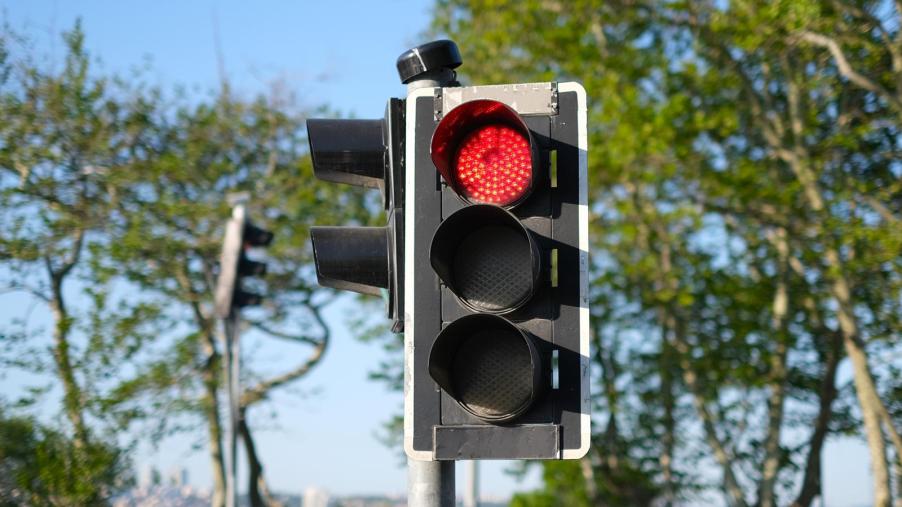
Why Turning Right on Red Should Be Outlawed
We can do many legal things on the road to make driving more convenient. One such action is going right on red when there isn’t a sign to warn against it. This action allows drivers to avoid long red lights when the coast is clear. However, there has been a push to outlaw the practice for drivers in order to decrease car wrecks at intersections.
Here are two arguments for outlawing turning right on red.
Going right on red
Going right on red is a common practice despite how dangerous it can be. This is a practice that’s allowed all over the country as long as certain conditions are met. First, there can’t be a “no right turn on red” sign posted. The driver also has to come to a complete stop at the red light and ensure there is no oncoming traffic. Additionally, they must ensure there are no pedestrians in crosswalks.
However, according to CBS News, there is a push to outlaw going right on red due to an increase in car wrecks involving pedestrians. There doesn’t seem to be a ton of traction on measures to ban drivers going right on red, but it is more talked about than it has been in previous years.
Poor visibility
Poor visibility is one reason that going right on red can be dangerous for pedestrians and other drivers. This could cause them to have difficulty seeing cars coming from the left or people who may be in crosswalks. Regarding pedestrians, poor visibility is especially an issue in the dark when drivers may assume fewer people are walking. Poor visibility makes this practice a huge safety risk.
Regarding crosswalks, it’s important to note that even drivers who aren’t turning right on red claim to have difficulty seeing people in them. Because of this, adding the step of turning makes it even more likely that a person on foot will be hit by a car.
Distractions
Distracted driving is an issue all over the country, and it causes several car wrecks in a year. This also applies to people who are going right on red. However, distractions may not be from devices or other people in the vehicle. Often, when people choose this practice, they are in a hurry, which means they may not process that there is a car coming from the left or that there is someone in the crosswalk.
Additionally, some people who do this may see a car coming but falsely assume they have more time than they do to turn. In this case, the person turning could be rear-ended.
If people are going to turn right on red, they should take certain precautions. First, don’t turn if there is a car coming. Sure, it’s easy to assume you have time to go, but the desire to get to your destination could cause you to assume it’s safe when it’s not. Additionally, don’t turn if a person is crossing the street, regardless of how far away they may be.



